In the business world, two metaphors have gained prominence in recent years when it comes to innovation and competitiveness: Blue Ocean and Red Ocean. These expressions help us understand how companies choose to compete, whether in bloody seas with direct competition or in calm waters of innovation and differentiation.
In the technology sector, these strategies are very common, a good example being smartphones. While Apple offers only one type of device, the iPhone with its unique iOS system, it’s sold not only as a device but also as a symbol of social status, attracting a specific type of customer. With exorbitant prices, Apple devices don’t compete directly with those offered by other companies that use the Android system, where there’s a variety of devices with more affordable prices, competing for the same type of customer.
The gaming industry is no different, and these strategies are played out intensely. While giants like Xbox and PlayStation are fighting for graphics, exclusives, and hardware power, Nintendo stands out by moving in other directions.
In this article, we’ll explore the concept of Blue Ocean and Red Ocean strategies, identify how these approaches manifest themselves in technology companies, and understand why Nintendo is the greatest example of Blue Ocean in the gaming industry, in stark contrast to Xbox and PlayStation. We’ll also discuss how Steam, Valve's platform, positions itself within these strategic logics.
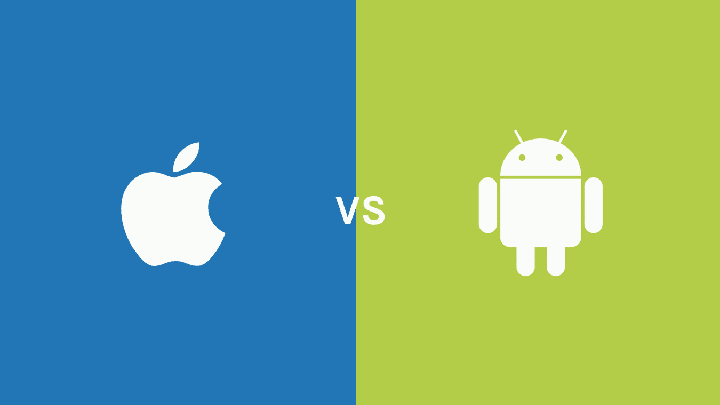
Red Ocean vs. Blue Ocean: The Theory That Explains It All
But what are these oceans? Before we delve into the world of gaming, it's important to understand these two central concepts. Developed by authors W. Chan Kim and Renée Mauborgne in the book Blue Ocean Strategy the market is divided into two types:
- Red Ocean: represents a market where companies compete for the same share of customers with a lot of competition. The competition is brutal, the products are similar, and the price war can even reduce the profit margin. Companies compete for space by offering product improvements, reducing prices, always trying to win over the same target audience. The competition is direct, fierce, and often bloody, like a metaphor for a sea of blood infested with sharks.
- Blue Ocean: represents the creation of new unexplored markets where competition either doesn’t exist or is irrelevant, with more sales opportunities. In this market model, there’s no direct competition. Instead of competing for space with competitors, the company creates a new consumer space, offering value (not necessarily low) and differentiated status. Innovation, creativity, and breaking with the status quo are hallmarks of this model. Hence the metaphor of calm and virgin waters.
These strategies are not fixed. A company can start in a Blue Ocean and, over time, see its market turn red, requiring new creative leaps.

Oceanic Strategies in Video Games
Video game fans are familiar with the scenario: PlayStation and Xbox are locked in an epic battle for ultra-realistic graphics, teraflops, and subscription services, while Nintendo isn’t directly competing with anyone, a fact that the company has sold 125 million Switch consoles with modest hardware and games that remind us of our childhood. This difference isn’t accidental. It’s the practical application of the "Blue Ocean Strategy".
Each company falls into these categories according to its market approach.
- Microsoft (Xbox) and Sony (PlayStation): Red Ocean, focus on competing for public preference with investments in graphics, renowned studios and film franchises. With powerful hardware, services like Game Pass and PSN Plus, and exclusive games, the battle is for leadership in an already consolidated market.
- Nintendo: Blue Ocean, creates consoles and technologies outside the box, with experiences that go beyond the technical standard. Focused on gameplay innovation, design, and universal family entertainment.
- Valve (Steam): A combination of Blue and Red Ocean, it offers a dominant digital distribution platform with market-expanding features (Blue Ocean), but also faces competition from Epic Games Store and others (Red Ocean).
Nintendo: The Owner of the Blue Oceans
Nintendo is perhaps the best example of a company that consistently applies the Blue Ocean strategy. After the failure of the GameCube, which was still competing for console hardware, the company stopped trying to compete with Microsoft and Sony and officially adopted the Blue Ocean strategy.
Since the 2000s, when it launched the Nintendo DS and Wii, the company has focused on innovative gaming experiences rather than directly competing on graphics, hardware power, or "game realism" - the traditional battlefield of home consoles.
The Wii Case (2006): Revolution through Movement
While the PlayStation 3 and the Xbox 360 fought technical battles over resolution, processors, and multimedia, Nintendo went in the opposite direction with the Wii offering a different proposal: eliminating more realistic graphics, expensive processors, and complex controls. The company's bet was on controls with motion sensors, a simplified interface, and games focused on social and family interaction. With this, Nintendo created a new audience, children, families, elderly people, and even physiotherapy clinics. The Wii sold over 100 million units, outselling its direct competitors of its generation.
Wii U, a stumble in the middle of the road
With the success of the Nintendo Wii, the company attempted to follow suit by releasing the Wii U. Critical response to the console was mixed, though it was praised for its innovative GamePad controller, improved online functionality over the Wii, backward compatibility with Wii software, and Wii peripherals.
However, the console was considered a commercial failure, with 13.56 million units sold worldwide and discontinued in January 2017. The failure was attributed to an unappealing game library, limited third-party support, and poor marketing that failed to clearly distinguish the new console from its predecessor.
Nintendo Switch: The Hybrid Renaissance as Philosophy
In March 2017, the company launched the Nintendo Switch following the same logic as the Wii, but with an innovative idea. A hybrid console, part portable, part home console, with games focused on accessibility and fun, once again dispensing with ultra-realistic graphics. The console's success proves that Nintendo knew how to learn from its own mistakes and create a new market where competitors weren’t trying to navigate.
While the market was dominated by "box" consoles and powerful PCs, the company bet on the social gaming experience. While Sony and Microsoft competed for success based on teraflops and loading times, Nintendo grew through family appeal and its ability to transform games into unique experiences. Franchises like The Legend of Zelda: Breath of the Wild, Animal Crossing and Super Mario Odyssey didn't need the power of a PS5 to be innovative and compelling. The result exceeded expectations: 152 million consoles sold (by 2025), making the Switch the third best-selling console in history.
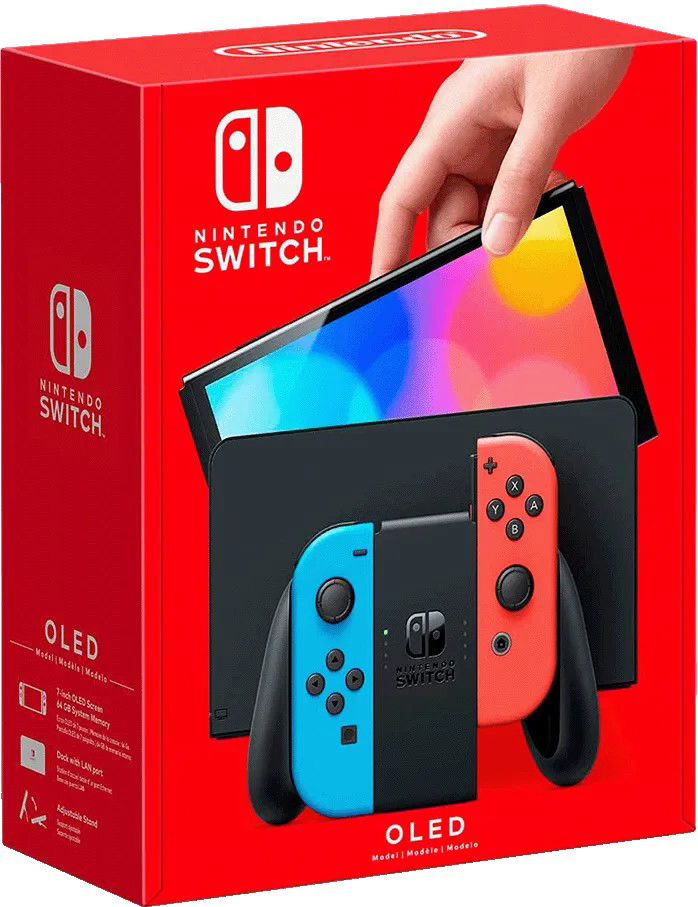
Xbox and PlayStation: Brawl in the Red Ocean
While Nintendo was swimming in its own sea, Sony and Microsoft were fighting each other on the same battlefield, with strategies centered on technical superiority, online services and exclusive games. The companies adopted the Red Ocean strategy, competing for the same type of player, the same AAA titles and fighting for an already established market. Releases are timed, prices are adjusted according to the competitor, and advertising campaigns follow similar strategies.
Sony and its Tradition of Exclusives
Since the PlayStation 2 era, Sony has invested heavily in studios such as Naughty Dog, Santa Monica Studio and Guerilla Games. The idea is clear, to win over gamers by offering experiences that cannot be found on other consoles. But by adopting this strategy, the company has engaged in a gigantic commercial war with Microsoft that has grown over the years.
Microsoft and the Focus on Services
Microsoft realizing that it’d be difficult to compete against Sony's exclusive games innovated in services by creating Game Pass which started as a Blue Ocean point in a Red Sea. With this, the company saw an explosion of consumers buying Xbox or subscribing to the service, something that balanced the scales in the fight for players.
Sony was slow to realize that the Game Pass gaming service was a new trend and belatedly adopted the same strategy, reformulating PSN Plus to the same format. Now the companies had similar strategies again and continued to compete for the same audience and the same metrics: loyalty, graphics and premium releases. Microsoft's response came quickly with the purchase of studios such as Bethesda and Activision Blizzard. This was a strong blow to the competition; however, the battle wasn’t over with both companies competing for the best releases. Bombshell announcements at events continue to prove that the battle remains intense and is far from over.
With companies focused on attracting the same type of gamer: adults, hardcore, willing to pay for graphics, and within that there are casual consumers, those who buy consoles just for fun. Both companies invest heavily in the hardware war and exclusive games.
Sony is betting on established franchises such as God of War and The Last of Us. Microsoft is counterattacking with Halo, Gears of War and the acquisition of Bethesda and Activision, holding major game franchises. The result of this bloody sea is tight margins for launching titles, high production costs, and increasingly expensive games (US$70, 80).
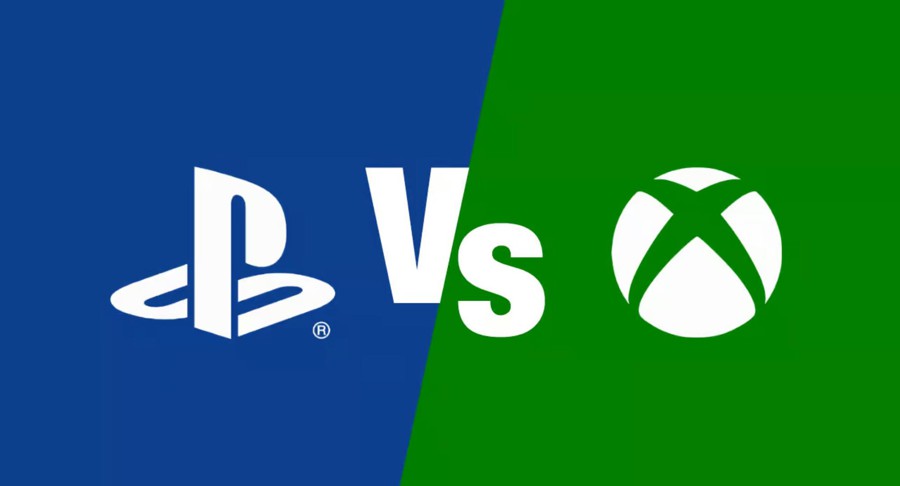
Valve: A Hybrid Strategy Case
Valve’s Steam platform is an interesting case because it combines elements of both strategies. When it first emerged, Steam created a new consumer space, starting in the red (a digital store competing with physical stores) and moving into the blue with centralized, easy digital distribution, with features like automatic updates, communities, and mod support. It was a break with the traditional model of physical media and retail stores. It created a new market, that of digital convenience.
With Steam Workshop, Early Access, and community curation, Valve offered an experience beyond selling games. It stimulated the growth of independent developers and redefined how consumers discover and buy games. All of this is a Blue Ocean strategy.
Steam Strategies
- Untapped Market: Largest PC gaming platform, with 30,000 games and an open model for independent developers.
- Communities: Groups, forums, workshops (e.g.: Skyrim mods).
- Discovery: Algorithmic recommendations beyond "AAA".
- Steam Deck: PC/portable hybrid that defies the logic of consoles.
- Strategic Pricing: Aggressive promotions (Summer Sale) and price flexibility.
Steam didn’t "defeat" the PlayStation Store or the Xbox Store; it created a new ocean where players seek freedom and not just graphics.
But even so, there’s competition... With the arrival of competitors such as Epic Games Store, GOG and other platforms, Steam also faces direct challenges. This puts part of its ecosystem in a Red Ocean, mainly in the dispute for exclusives, lower commissions, and publisher loyalty.
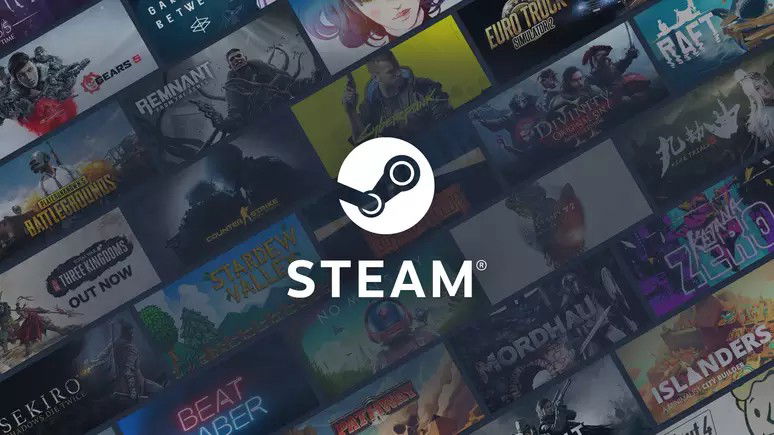
Why Can't Every Company Create a Blue Ocean?
Creating a Blue Ocean requires:
- Long-term vision
- Courage and capital to innovate and take risks
- Deep knowledge of consumer behavior
- Ability to deliver differentiated value
While companies like Nintendo consistently manage to "think outside the box", other companies are more tied to conventional market metrics and are afraid to leave the safe field of direct competition, mainly because they have unstable capital.
In addition, there’s a risk that, over time, the Blue Ocean will become a Red Ocean, as happened with the battle royale market, for example, which started with PUBG and was revolutionized by Fortnite, and is now saturated with several games in the same format.
The Future: New Seas in Sight?
Kim and Mauborgne's theory warns: blue oceans aren’t eternal. Nintendo has already seen its Wii copied with Kinect, PlayStation Move, and Steam faces competition from Epic Games Store and GOG. Still, the lessons persist:
- Cloud and AI: Xbox Cloud Gaming and NVIDIA GeForce Now try to create a new ocean (games without hardware), but still run into technical limitations.
- VR/AR: Sony invests in PSVR2 (niche red ocean), while Nintendo explores accessible experiences (Labo VR).
- Mobile: The largest Blue Ocean today, still underexplored by traditional consoles.
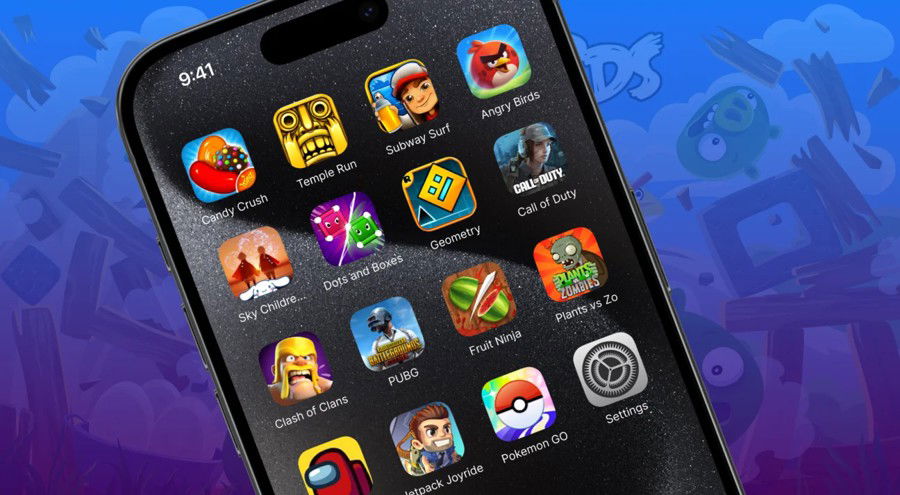
Conclusion: Why Does This Matter to You, Gamer?
The gaming industry is a vast ocean, with calm areas and stormy zones. While PlayStation and Xbox swim in a red sea of technical disputes and exclusive games, Nintendo continues to fish alone in calm waters, offering unique experiences that attract audiences forgotten by competitors.
Steam, in turn, demonstrates that it’s possible to move between the two worlds by innovating with platforms, but also by facing direct rivals on their own territory.
The lesson is clear: innovating doesn't simply mean creating something new, but offering something different that transforms how people play, consume and interact with games.
In the blue ocean, companies charge high prices without worrying about direct competitors.
Meanwhile, in the red ocean, we wait for the next hardware upgrade... and hope that the price doesn’t skyrocket.
You may never have thought about these marketing strategies while playing, but the next time you turn on your Switch, Xbox, PS5 or PC, remember that every button you press is part of a grand plan to win you over, whether in calm or bloody waters.









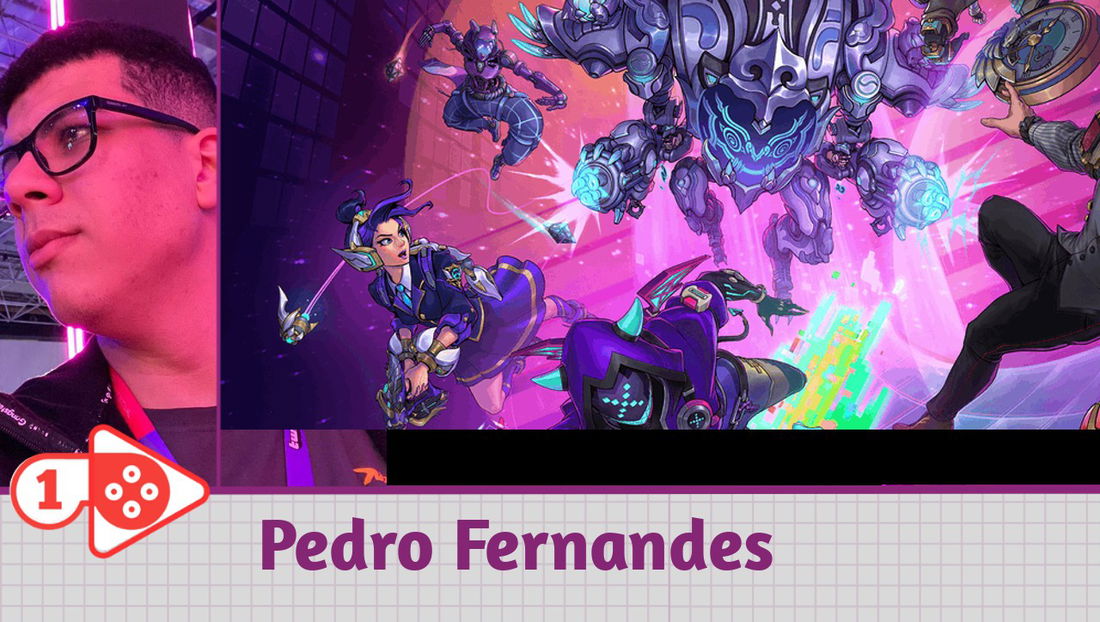




— Comments 0
, Reactions 1
Be the first to comment